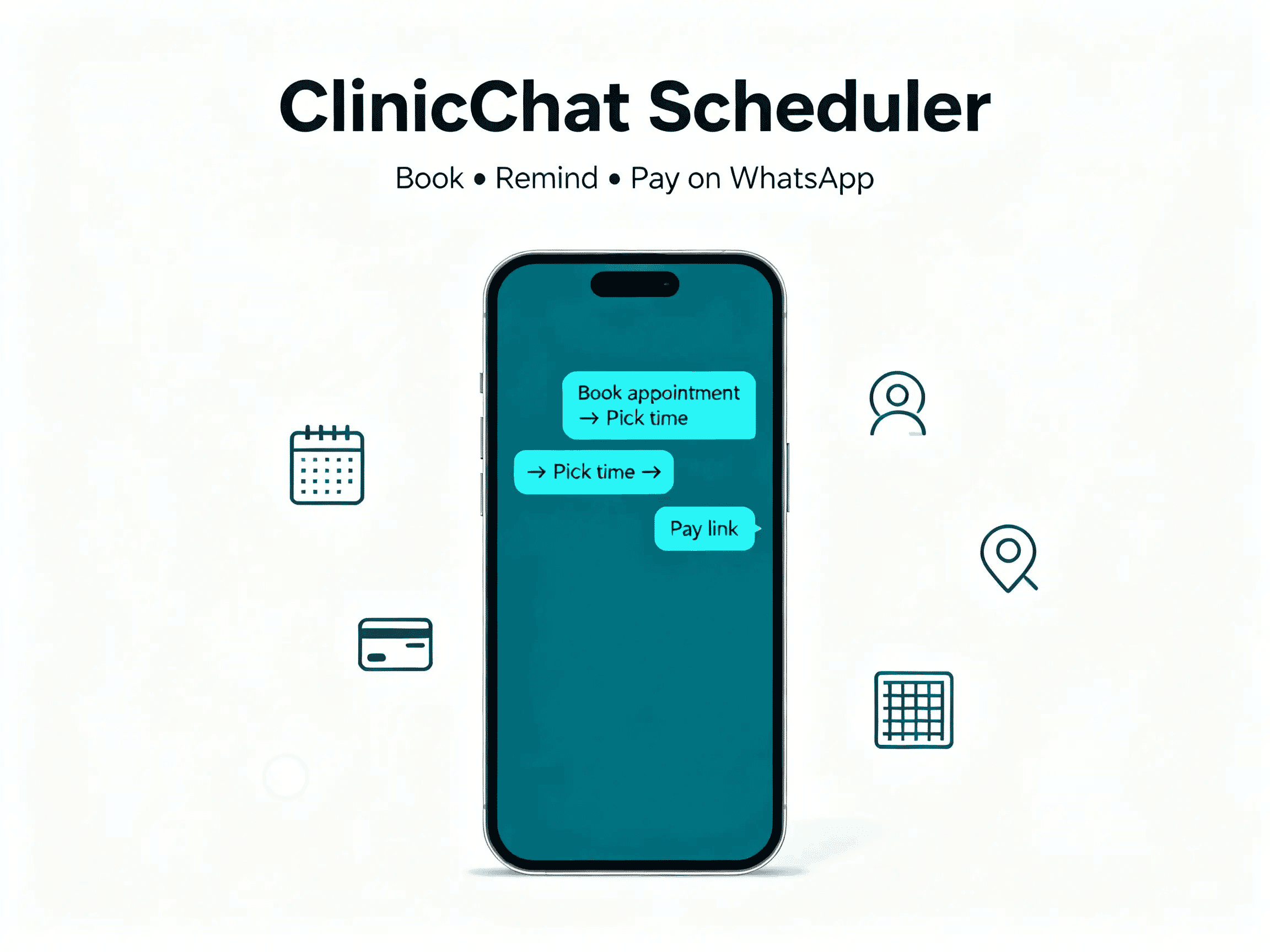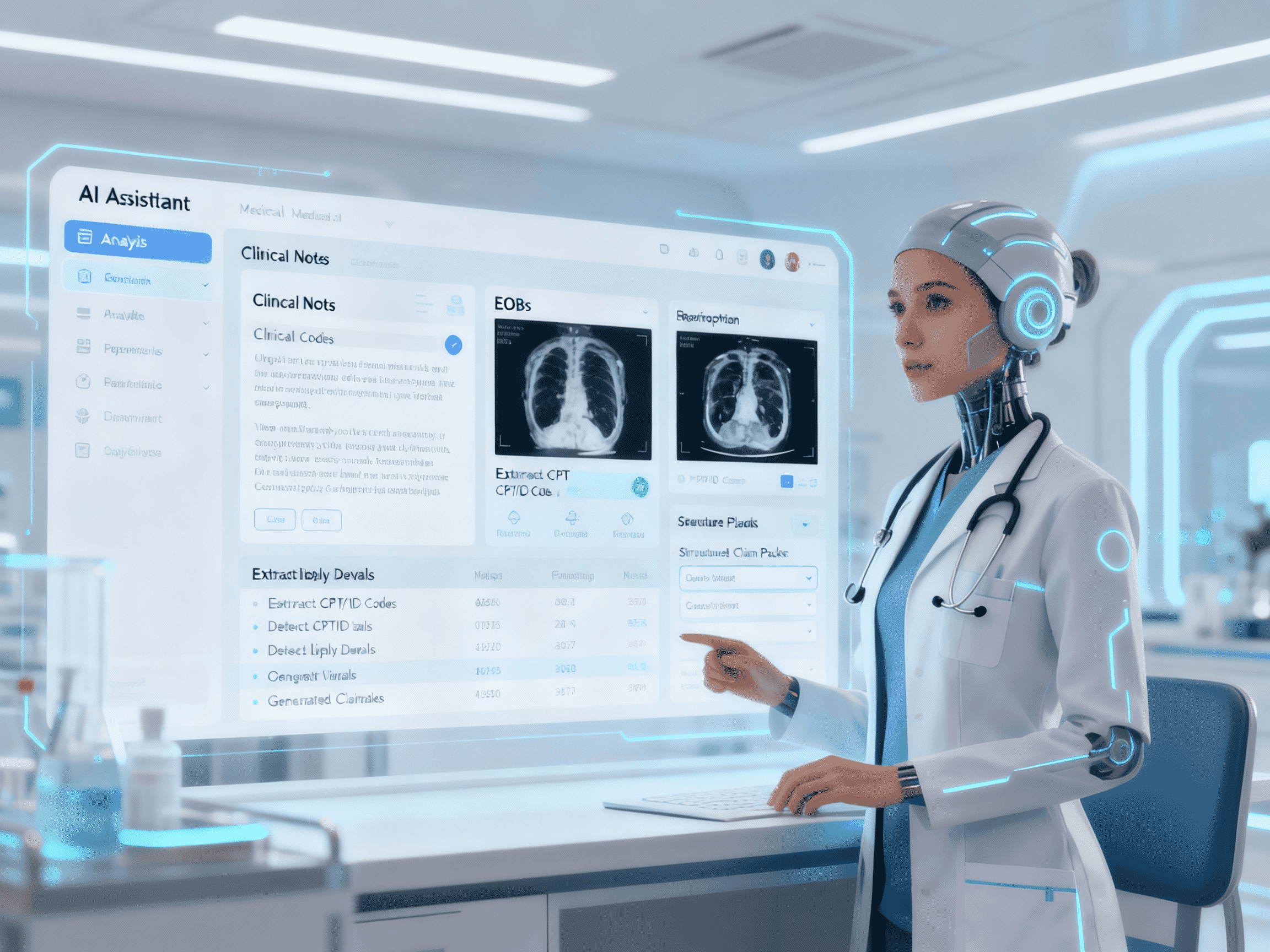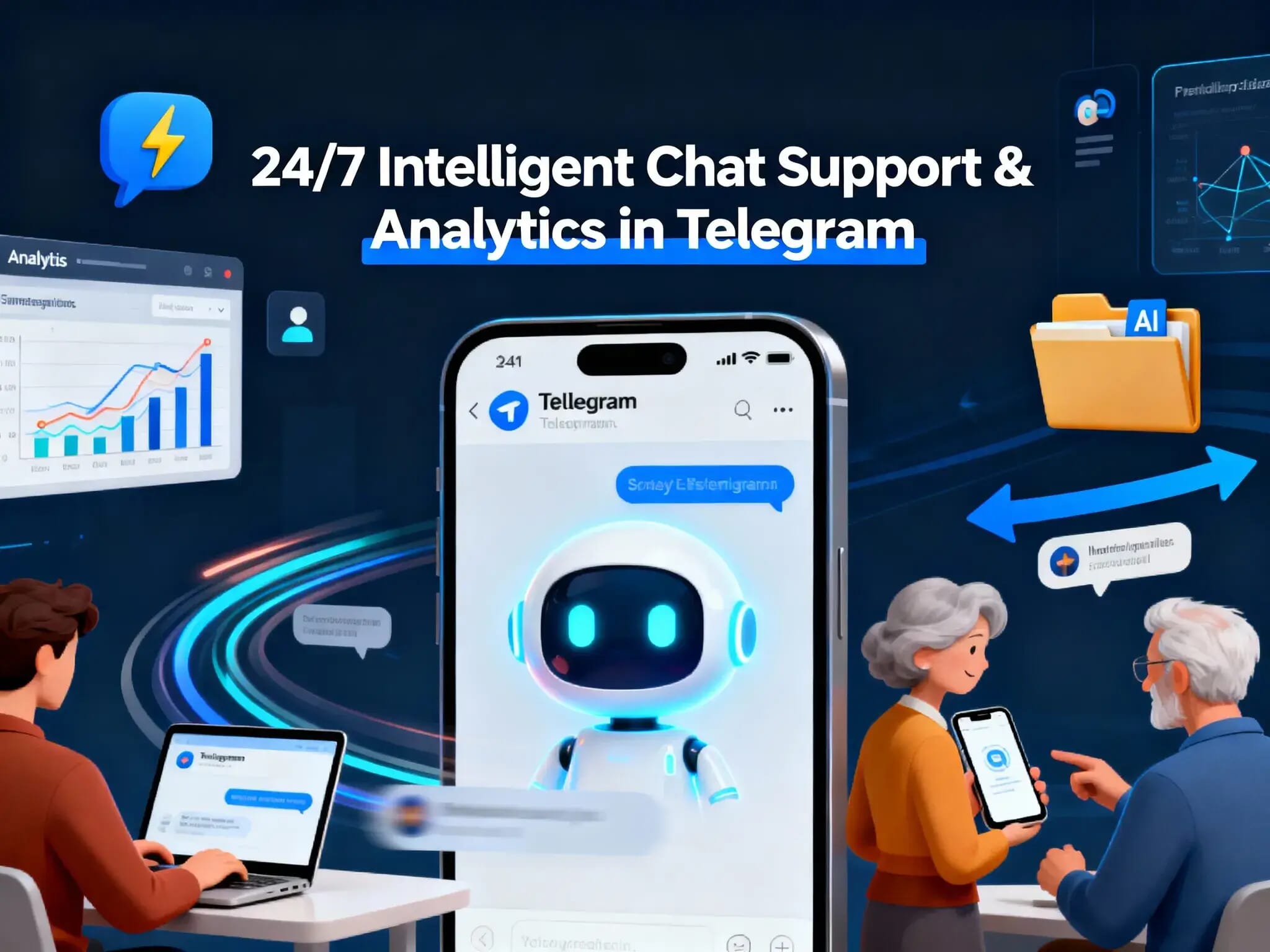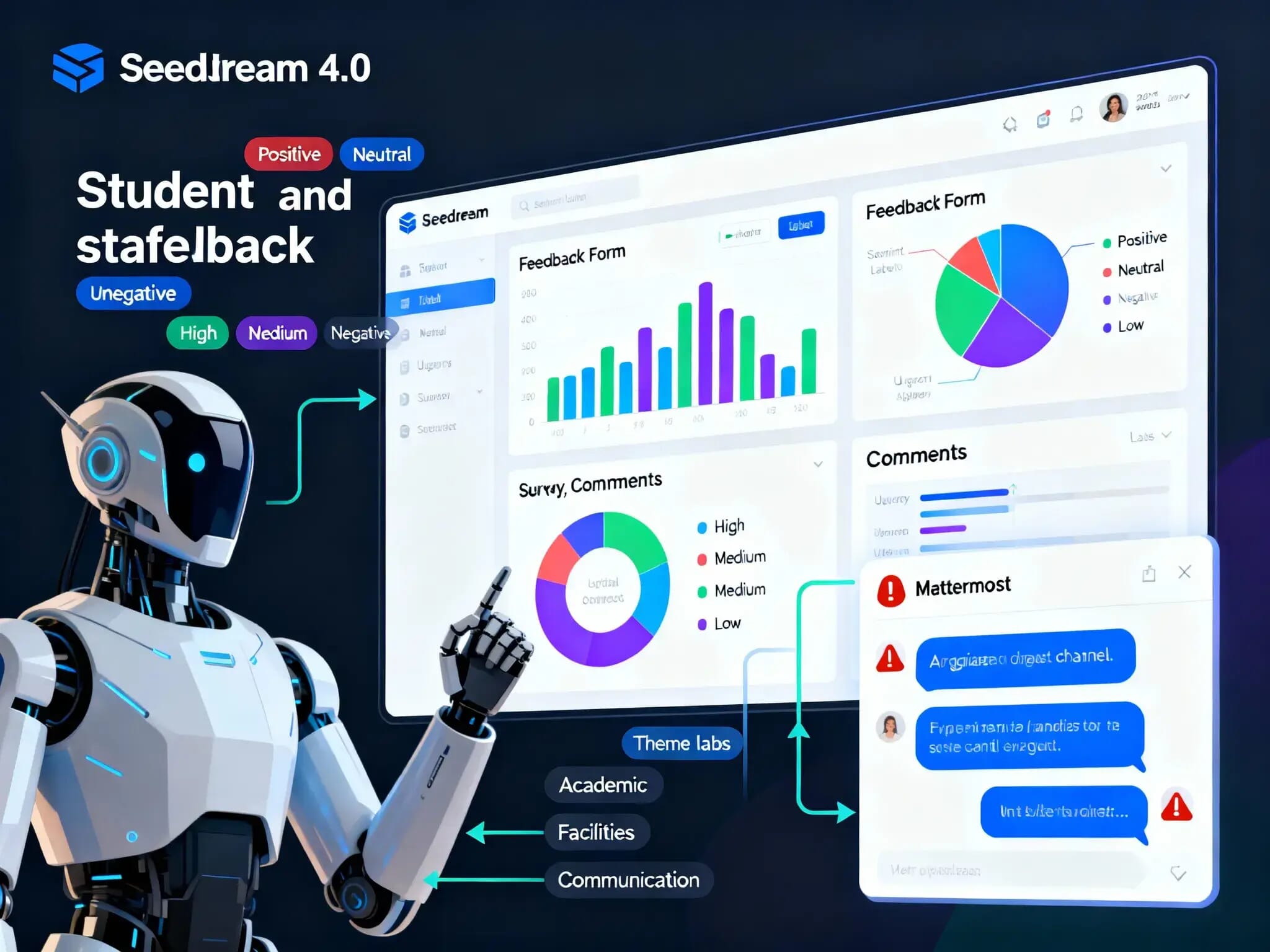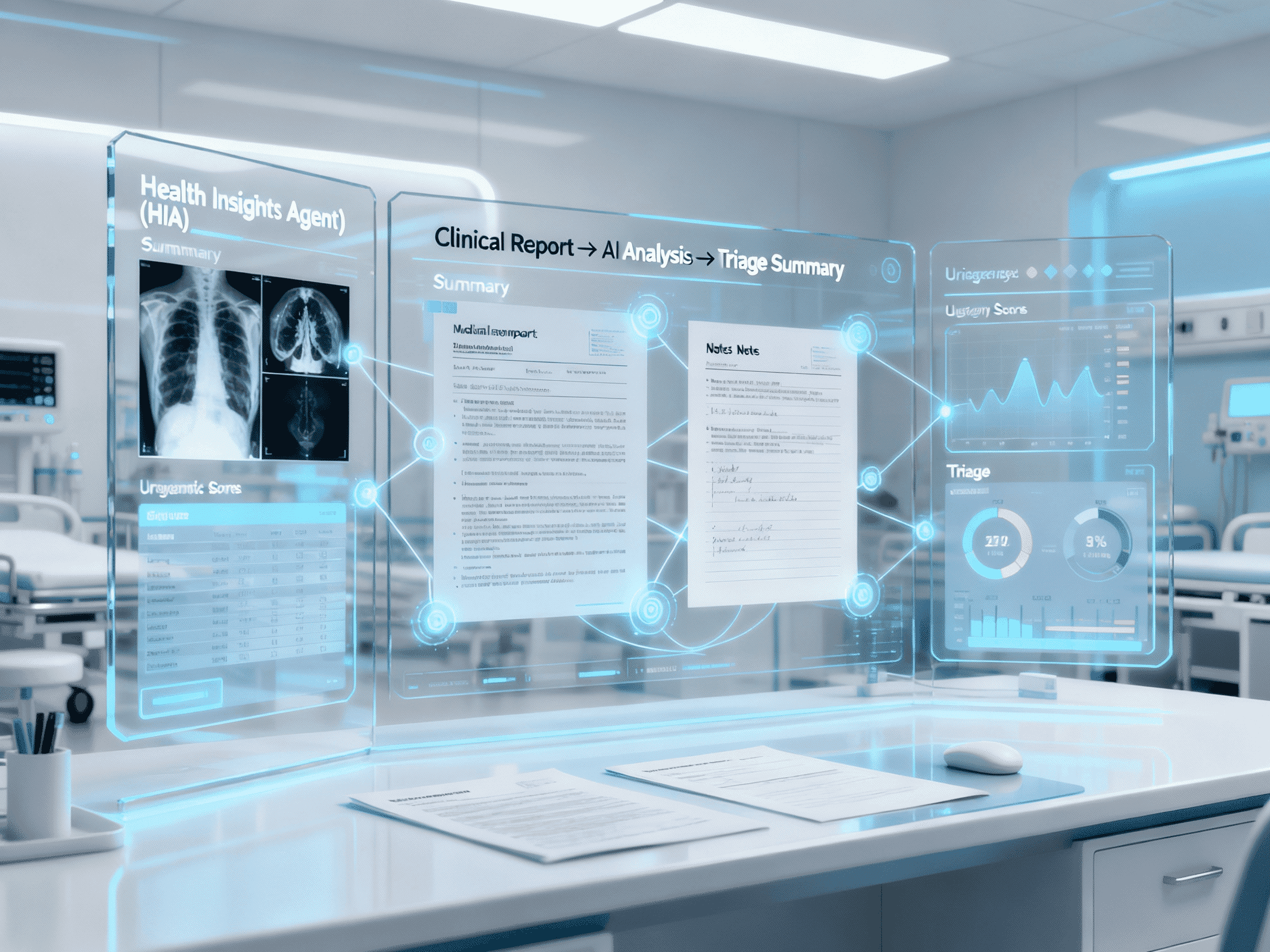
HIA (Health Insights Agent)
Extracts and summarizes medical reports to deliver fast, structured clinical insights for triage and workflow prioritization.
Trusted by
Built on production OCR + LLM pipelines used in deployed workflows; includes JSON schema, prompt templates, and installation docs. Clinical use requires local validation and governance.
Success Story
Aidoc reduced median TAT for positive intracranial hemorrhage from 186.7 → 72.3 minutes (61.2% reduction) at a reported site. (Example of what comparable AI triage can enable, not HIA.)
Integrates with
Problem
Clinicians and care teams spend significant time reading heterogeneous clinical documents (scanned notes, PDFs, radiology reports). This creates delays in triage, inconsistent prioritization, and increased backlog — especially in emergency and high-volume inpatient settings.
Solution
HIA automates intake (webhooks / secure upload), extracts text via OCR, and runs a controlled LLM pipeline to flag urgent findings, generate a short clinician summary, and append structured rows to tracking sheets. This reduces manual reading time and standardizes initial triage decisions while preserving auditability.
Result
Users can expect significant reductions in time-to-notify and manual review time for flagged reports — in published cases similar AI tools reduced ED imaging turnaround and time-to-notify by minutes to hours, and achieved diagnostic performance comparable to specialists in narrow imaging tasks.
Use Cases
HIA automates the extraction and initial interpretation of clinical information from medical documents — discharge summaries, radiology reports, referral letters, and scanned notes. Using production OCR to convert PDFs and scans to text, HIA then applies an LLM-based clinical reasoning layer to: 1) identify key findings, 2) score urgency (triage level), 3) produce a concise clinician summary with suggested next steps, and 4) append structured entries to a secure spreadsheet or database for tracking and audit. The agent is designed as a transparent, configurable workflow (prompt templates, JSON output schema, and mapping to downstream systems). It reduces manual reading time, standardizes initial triage, and creates an auditable trail for follow-up. Implementation follows a tested architecture (OCR → LangChain output parser → LLM evaluation → workflow orchestration) and ships with installation docs, node/workflow JSON, and sample test cases. (Based on the provided SmartHire workflow and files.)
Integrations
Connect to your existing tools seamlessly
Technology Stack
Automation
Automation
Infrastructure
Implementation Timeline
Preparation
1-2 daysProvision API keys, create secure log spreadsheet/template.
Workflow import
1 dayImport n8n workflow JSON and connect credentials.
OCR & prompt tuning
2-4 daysUpload sample medical docs, tune extraction and prompt templates for local report styles.
Validation & testing
2-5 daysClinical validation with sample cases, measure agreement and false positives.
Pilot run & monitoring
1-2 weeksRun in parallel with manual workflow, collect metrics and adjust thresholds.
Support Included
Comprehensive documentation with step-by-step workflow setup, API configuration guides, integration instructions. Optional onboarding call and email support during the launch phase.
